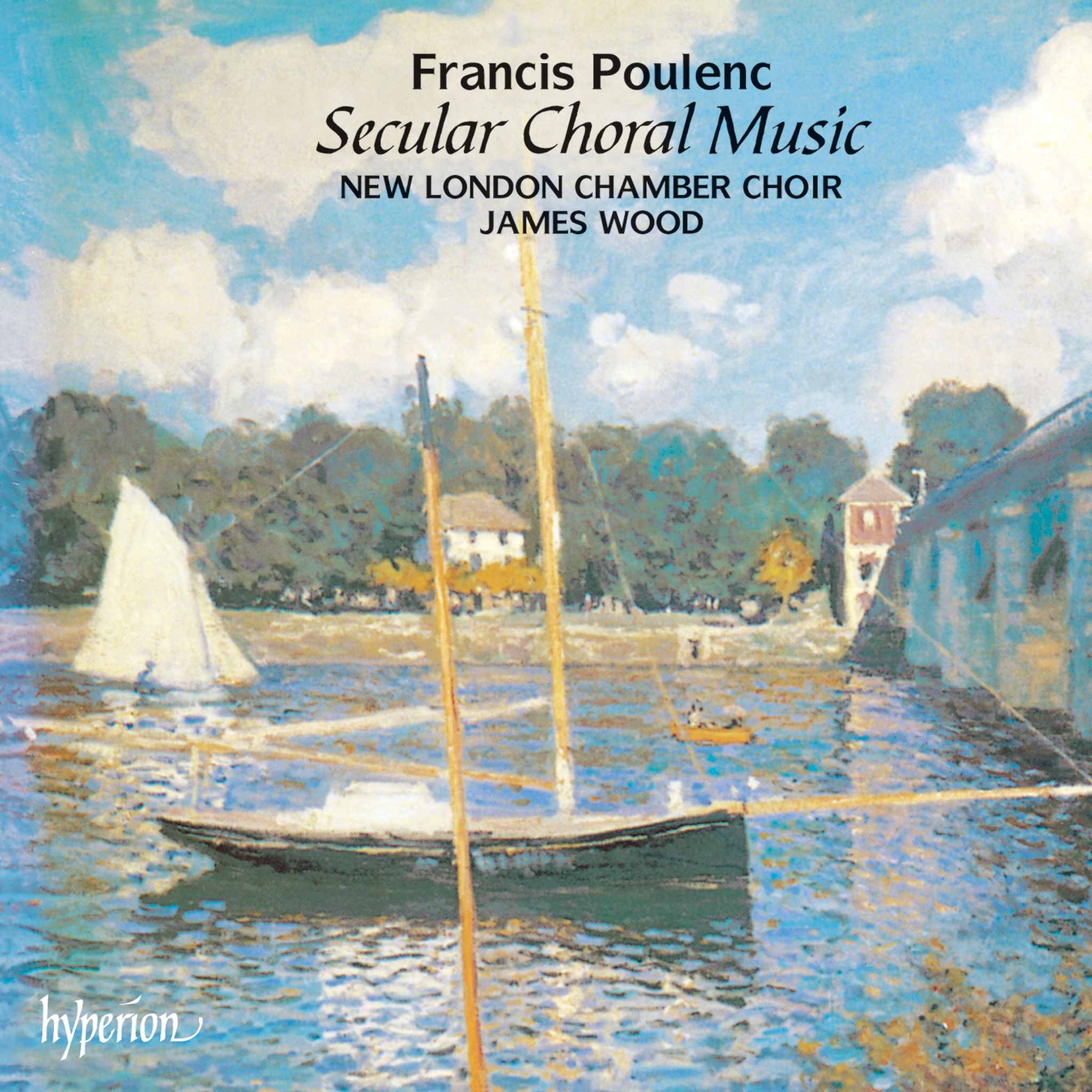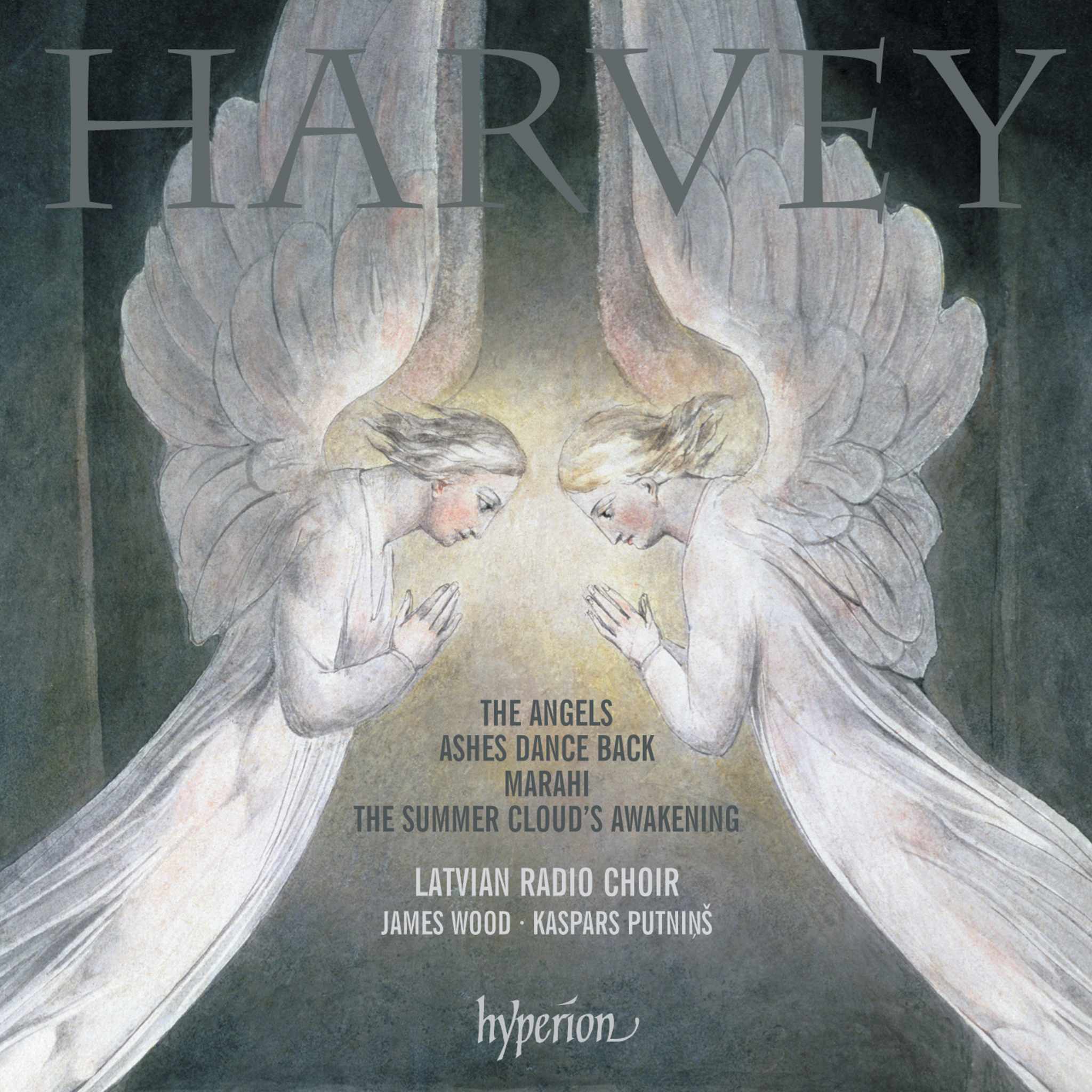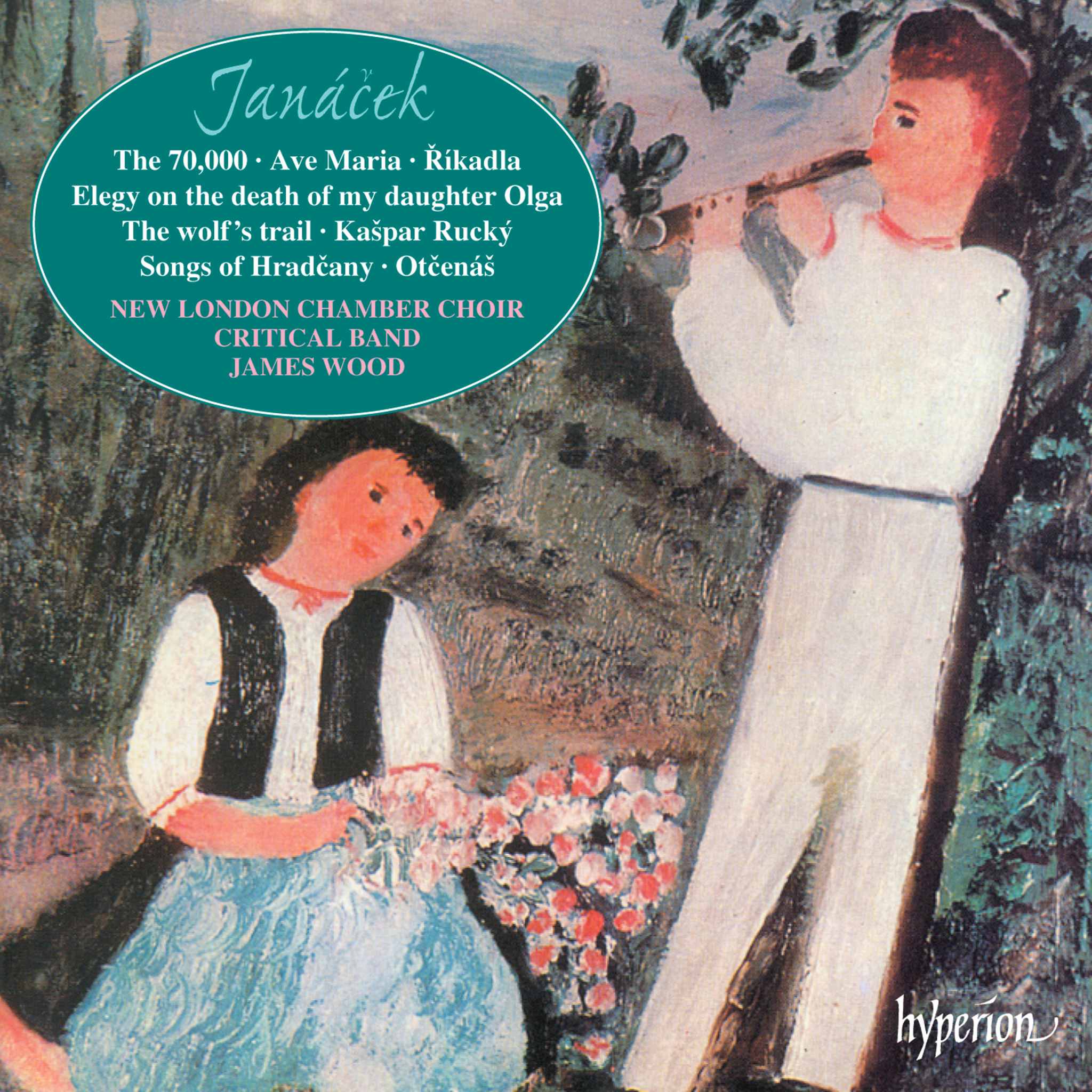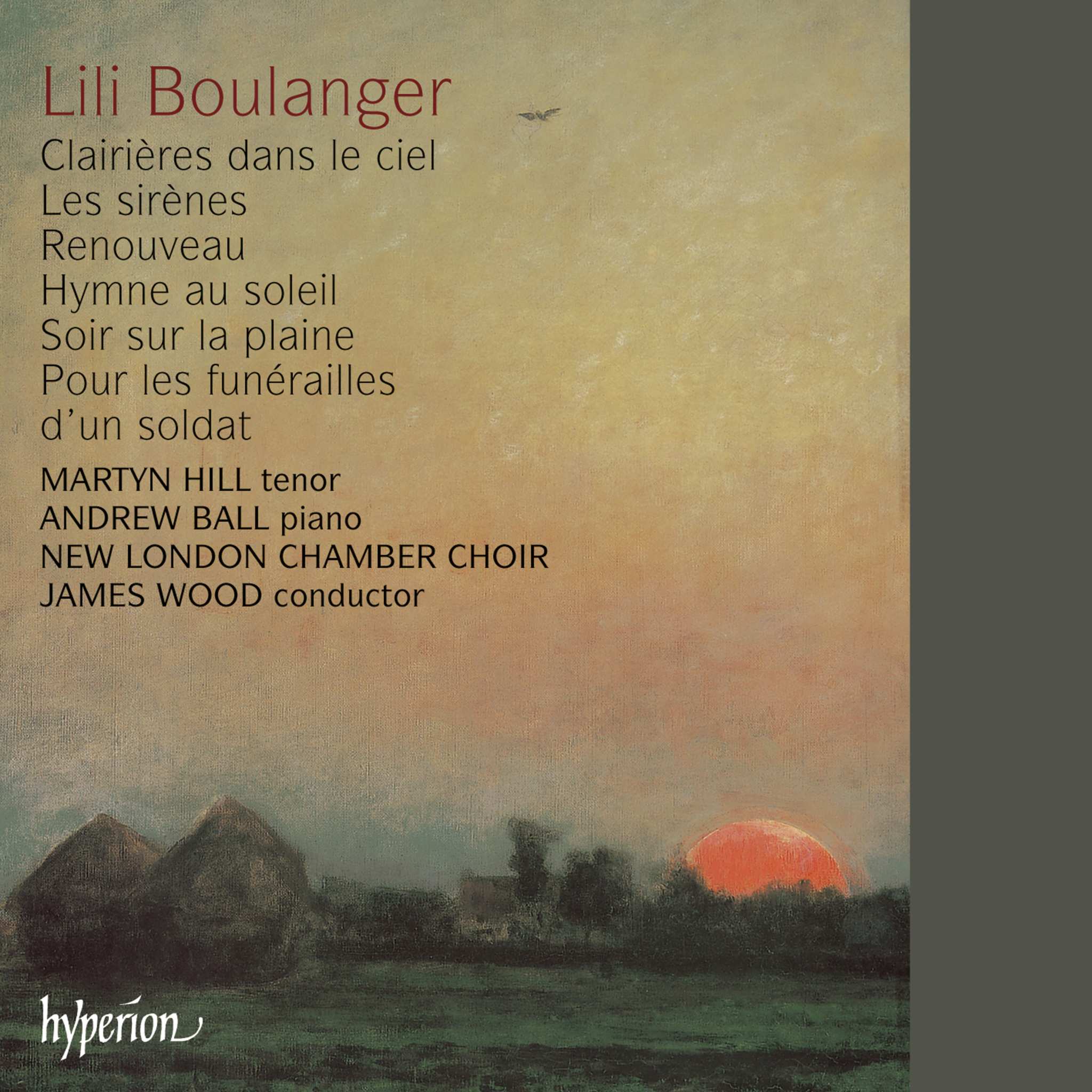Album insights
This marks the final installment of Martin Roscoe's complete recording of Ernő Dohnányi's solo piano works. In contrast to the diverse repertoire of his first recording, the following two installments focused on specific periods in Dohnányi's career. The fourth album features pieces where Dohnányi aimed to secure his place in the tradition of composing virtuosos. The suite and passacaglia, along with concert etudes and character pieces, showcase Dohnányi's deliberate efforts to honor the legacy of his predecessors, particularly through genres like the baroque suite, passacaglia, concert etude, and character piece.
The album begins with Dohnányi's Six Concert Etudes, op. 28, completed in 1916. These pieces, following the French term "étude," embody the virtuosic display of a pianist's skill and musicality. Inspired by Liszt's "Études trancendentales," each of Dohnányi's etudes focuses on different aspects of piano technique, demonstrating his homage to the great composers before him, such as Johannes Brahms.
Dohnányi's Suite in Old Style, op. 24, composed in 1913, pays homage to baroque music, reflecting his affinity for pre-classical forms. The suite consists of various movements representing baroque dance styles, from Allemande and Courante to Sarabande, Menuett, and Gigue. Dohnányi's commitment to tradition is evident in his choice of musical forms, echoing the influences of composers like J.S. Bach.
In Berlin on February 17, 1914, Dohnányi premiered his Suite in Old Style along with other works, showcasing his musical versatility and deep-rooted connection to historical musical forms. Moving forward, his Six Piano Pieces, op. 41, composed in 1945, pay tribute to the character piece tradition, expressing a range of emotions and musical ideas.
The final piece, Rondo alla Zingarese, adapted from Brahms' Piano Quartet No. 2, op. 25, serves as a fitting conclusion to Dohnányi's exploration of diverse musical forms. This adaptation exemplifies his admiration for Brahms and the Hungarian style, mirroring the virtuosic flair of Hungarian Roma music.
Despite Dohnányi's occasional incorporation of Hungarian folk tunes in his compositions, he didn't delve as deeply as his contemporaries Bartók and Kodály into authentic Hungarian folk music influences. Dohnányi's adaptation of Brahms' Rondo alla Zingarese maintains the essence of the original piece while showcasing his own musical interpretations and technical prowess, culminating in a brilliant finale to this recording series.







